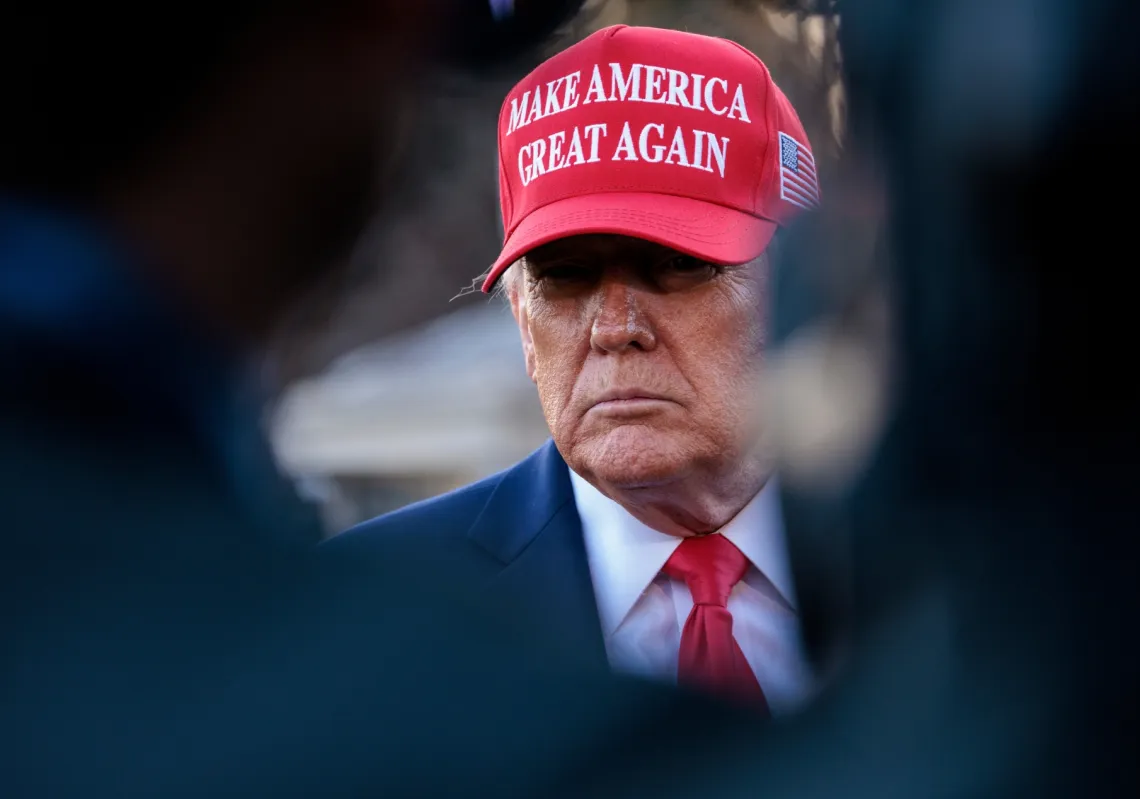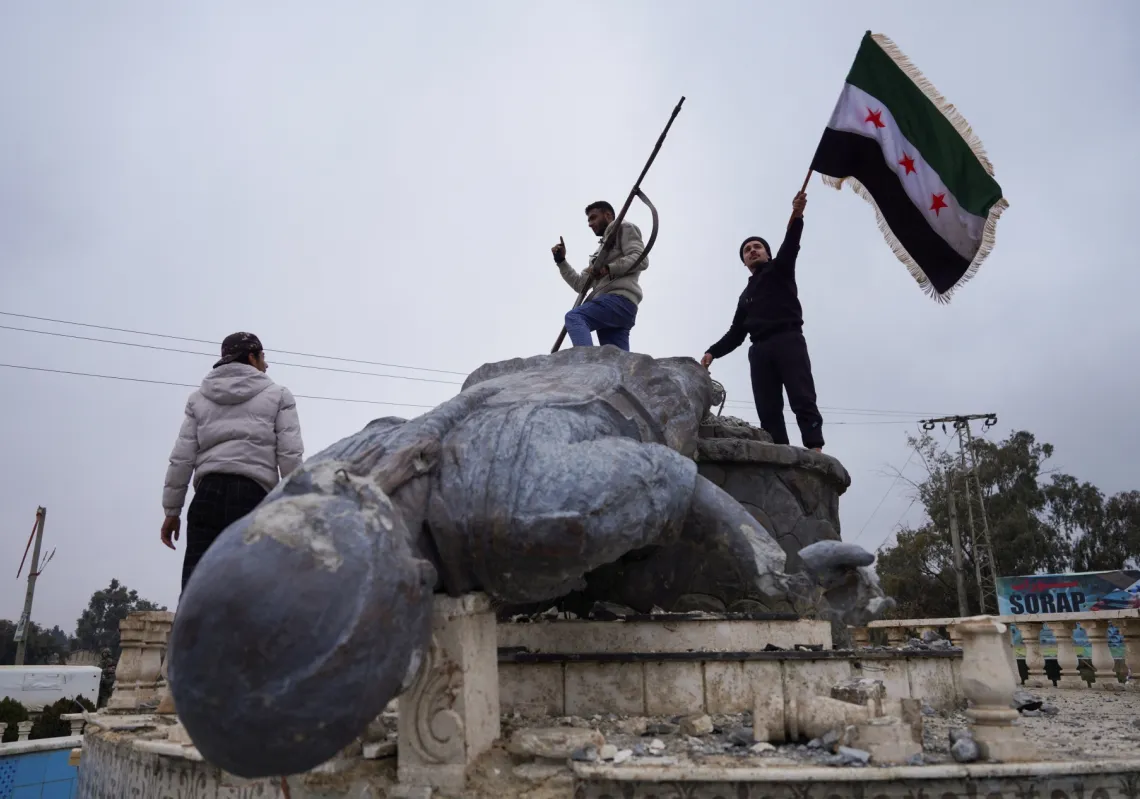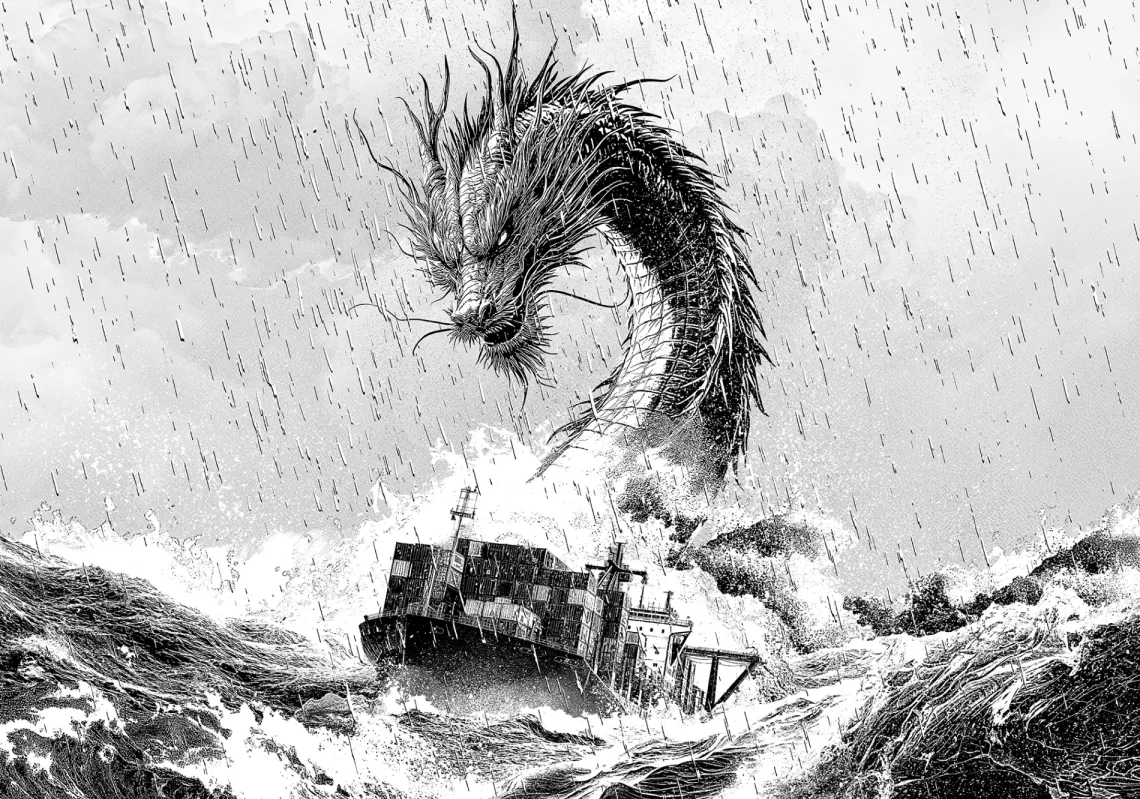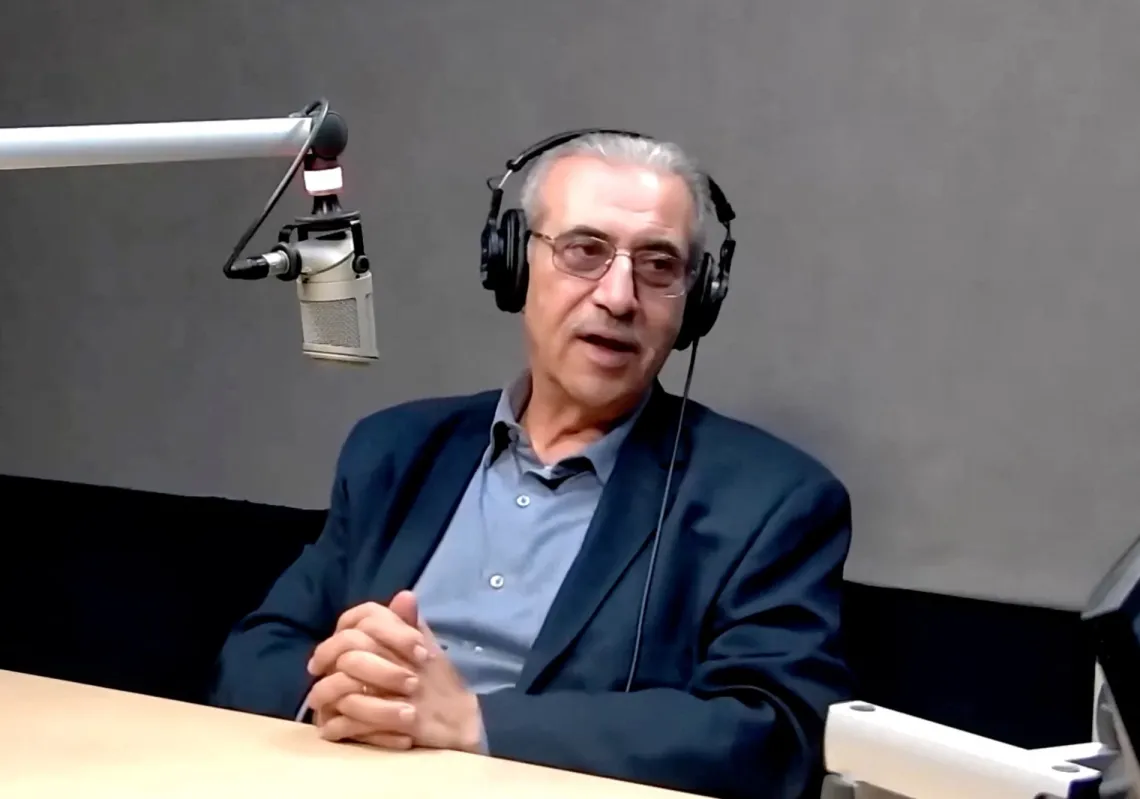There are few constants in Back to Alexandria, but as the title suggests, this is a film about a journey—both physical and emotional. For its main character, Sue (played by Nadine Labaki), the only thing she can be sure of is the physical journey from Switzerland to Cairo by plane and then from Cairo to Alexandria in a pink car reminiscent of Barbie’s famous vehicle.
After a 20-year estrangement, Sue visits her dying mother in Egypt. Through layered memories, the audience learns of her relationship with her mother through Alexandria's transformed surroundings.
Journey through trauma
Back to Alexandria is a French-Egyptian-Swiss-Qatari co-production written and directed by the Swiss-Egyptian filmmaker Tamer Rogli and co-written by Marianne Brann and Yousry Nasrallah. It focuses on emotional and spatial memory—particularly the psychological memory linked to Sue’s damaged relationship with her mother, stemming from childhood trauma and abandonment, which left her with permanent scars.
Her visit is prompted by a call from her aunt Engy (played by Mennat Al-Batrawy), but reality is blurred by hallucinations and dreams as her wishes and frustrations become part of the story.
Early in the film, Sue, who is in her 40s, is visited by the mischievous child Bobby (Elia Monti), whose identity is unclear, and the ghost of her mother Fayrouz (played by the renowned French actress Fanny Ardant). They continuously pop into her conscience, blurring the line between nightmares and reality.
A stranger to Cairo
The early appearance of the two spectres in the protagonist’s life—and her confusion towards them, despite her being a renowned psychotherapist based in Switzerland—makes the film somewhat predictable. As a result, the viewer is less engaged by the ending. However, the film does take the viewer on a pleasant and light-hearted journey.
When Sue decides to return to see her mother on her deathbed, it opens the door to the past. She begins to face the daily challenges of Cairo. With its busy traffic and fast pace, she soon feels lost, a stranger in a place she was once familiar with. Here, the film shows Sue's pursuit of enjoyment despite the challenging world she finds herself in.












